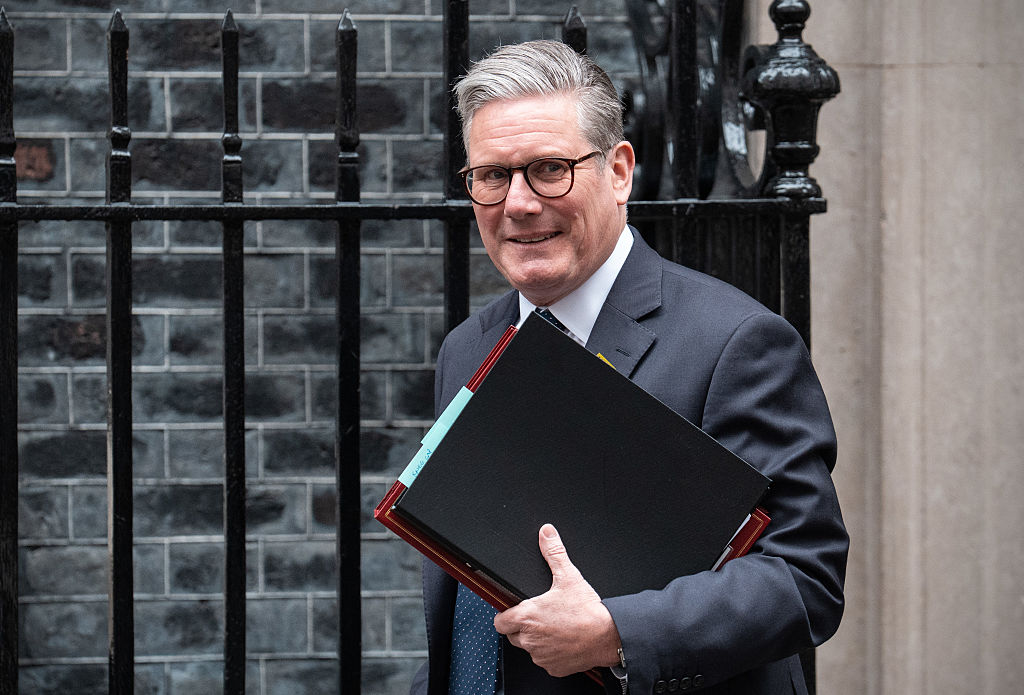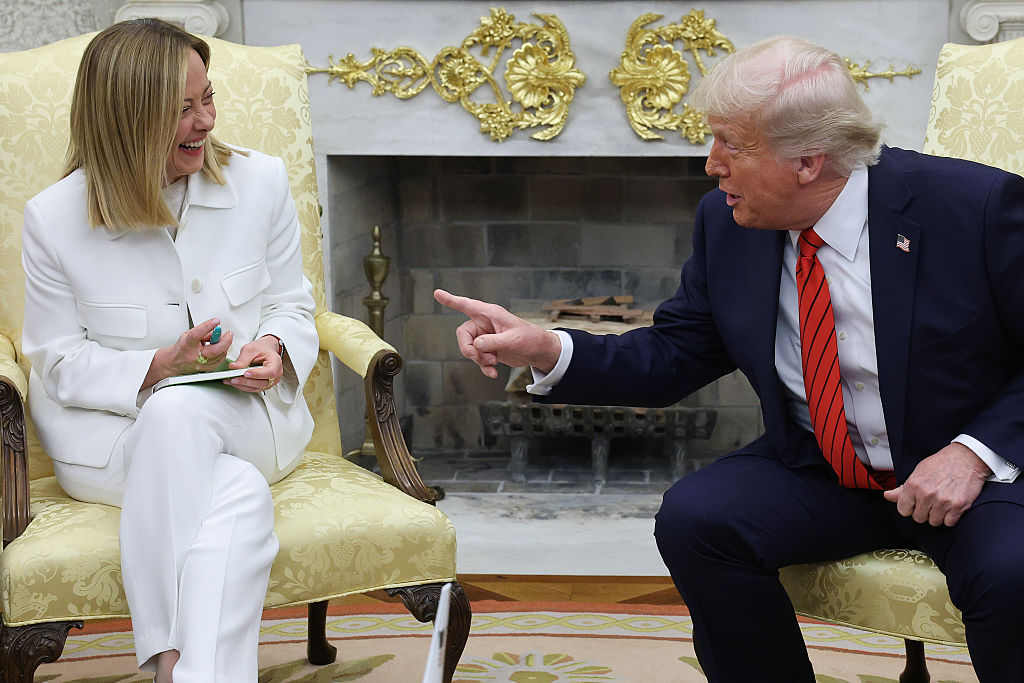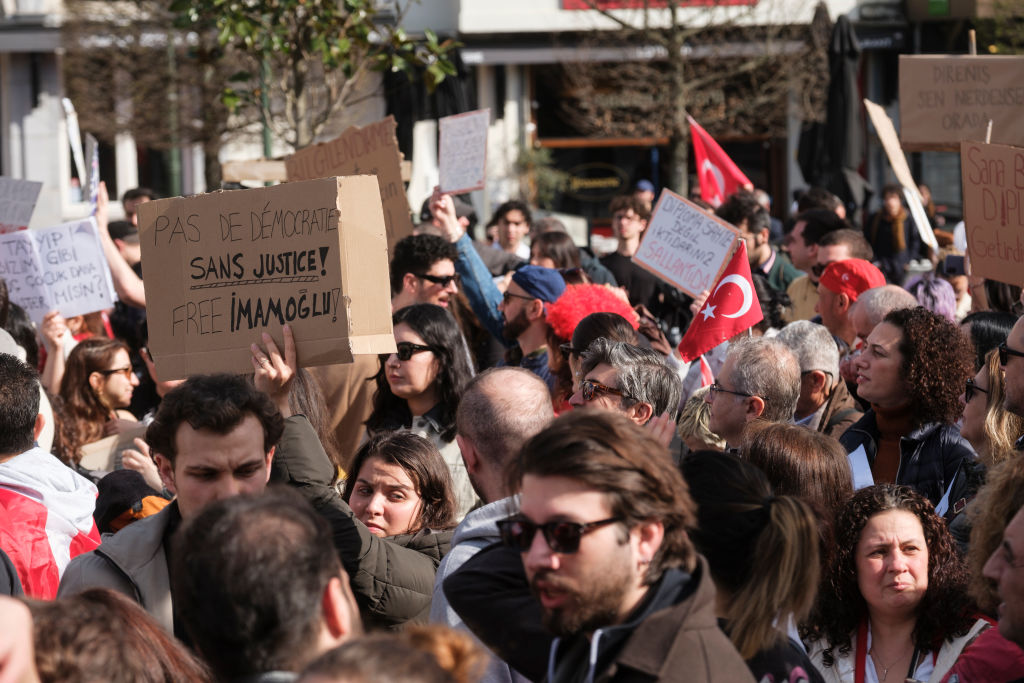Ukraine has started to consider a shift away from the US dollar, possibly linking its currency more closely to the euro amid the splintering of global trade and its growing ties to Europe, said Andriy Pyshnyy, the Governor of the National Bank of Ukraine (NBU), or central bank.
Potential accession to the European Union, a “strengthening of the EU’s role in ensuring our defence capabilities, greater volatility in global markets and the probability of global-trade fragmentation”, were forcing the central bank to review whether the euro should be the reference currency for Ukraine’s hryvnia instead of the dollar, Pyshnyy said on May 7.
“This work is complex and requires high-quality, versatile preparation,” he added, in the most direct comments by a Ukrainian official on a possible shift.
The dollar has long dominated international trade and accounts for the majority of global reserves. Major economies including Saudi Arabia and Hong Kong pegged their currencies to the dollar.
Under US President Donald Trump, though, Washington has unleashed a trade war by introducing what could be the highest tariffs in a century, a move that has prompted some observers to question the future role of the dollar as global reserve currency.
Now in the fourth year of fighting an invasion by Russia, Ukraine has also seen Trump temporarily cut off some military assistance to the country.
European leaders, including from the EU, have vowed to strengthen Kyiv’s army to ensure it can be the cornerstone of future security in Ukraine but progress has been difficult.
US Vice President JD Vance on May 7 said Europe and the US were “on the same team” but needed a better joint security posture, after alarming allies with sharp remarks on a visit to Germany in February.

During an event in Washington sponsored by the Munich Security Conference, Vance reiterated his and Trump’s belief that Europe needed to take on more responsibility related to defence.
He said both sides of the Atlantic had become too comfortable with an outdated security system that was not adequate to meet the challenges of the next 20 years.
Vance has played an attack-dog role repeatedly for Trump on foreign policy but stepped back slightly from that approach in his remarks at the conference.
“I do still very much think that the United States and Europe are on the same team,” he said.
“It’s completely ridiculous to think that you’re ever going to be able to drive a firm wedge between the United States and Europe. Now that doesn’t mean we’re not going to have disagreements.”
Also on May 7, the European Commission proposed listing 15 additional new entities and individuals to its sanctions framework on Russian hybrid threats as well as individuals suspected of using chemical weapons in Ukraine, EU sources said.
The world’s chemical weapons watchdog, The Hague-based Organisation for the Prohibition of Chemical Weapons (OPCW), said in November last year it had found evidence of tear gas use on Ukraine’s frontline with Russia without assigning blame.

The use of riot-control agents such as tear gas as a method of warfare is prohibited under the Chemical Weapons Convention, the non-proliferation treaty overseen by the OPCW. The US and Ukraine have accused Moscow of violating the convention. The Kremlin has denied these accusations.
Since Trump’s return to the White House, the dollar has fallen more than 9 per cent against a basket of major currencies as investors pull back from owning US assets.
Some experts warned against associating the strength of the dollar to its reserve-currency status. Yet historically, dollar holdings have been linked to security alliances and military ties to Washington.
Transactions with the US dollar continue to dominate all segments of the FX market, said Pyshnyy, although the share of euro-denominated transactions has been rising in most segments albeit “so far moderately.” He did not elaborate.

The NBU launched Ukraine’s own currency the hryvnia in 1996 and over the years since it has used the dollar as its reference currency.
Immediately after Russia’s invasion in February 2022, the Ukraine central bank imposed capital controls and pegged the hryvnia at an official rate of about 29 to the US dollar. It was forced to devalue later due to a build-up of fiscal imbalances.
In October 2023, the NBU moved from a firm peg to a managed exchange-rate regime that used the US dollar as the reference – the gauge to measure foreign exchange (FX) interventions and for smoothing fluctuations in the exchange rate.
European Commission President Ursula von der Leyen said in February that Ukraine could be in the EU by 2030 provided it continued to enact reforms to its political and judicial system at the current pace.

A revival of investment and consumer activity thanks to closer links with Europe and economic normalisation would help economic growth pick up slightly over the next two years to 3.7 per cent to 3.9 per cent, Pyshnyy said, although much of the economic trajectory depended on how the Russia conflict developed.
“A quick end to the war would clearly be a positive scenario with good economic outcomes if it were to incorporate security guarantees for Ukraine,” Pyshnyy said.
“Nevertheless, it’s crucial to acknowledge that the economic benefits of ending the war would likely take time to fully materialise.”
Ukraine was relying on external financing to help fund the war effort. Pyshnyy said he expected $55 billion (€48.6 billion) this year, which would cover the budget deficit and be used to set aside a public-finance reserve for the coming years, when aid volumes were likely to start declining.
“We project Ukraine will receive about $17 billion (€15 billion) in 2026 and $15 billion (€13.2 billion) in 2027,” Pyshnyy added.
On May 7, EU envoys began discussions on a 17th package of sanctions against Russia that focused on the Kremlin’s military machine as well as Moscow’s shadow shipping fleet and its support system.
These two packages as well as a third set of measures that would add 25 entities and individuals, mainly the latter, suspected of violating human rights were being discussed in parallel.
As part of the 17th package, EU member states were expected to agree to list about 140 new ships, mainly tankers, plus 70 entities and individuals over the next few days. New listings had previously been initiated by the EU’s diplomatic arm, the European External Action Service (EEAS), whereas sector-wide sanctions were led by the EC.
Sources said the EU was likely to list major Russian oil company Surgutneftegaz, which Washington targeted in January as part of a sweeping crackdown on Russia’s energy trade.





